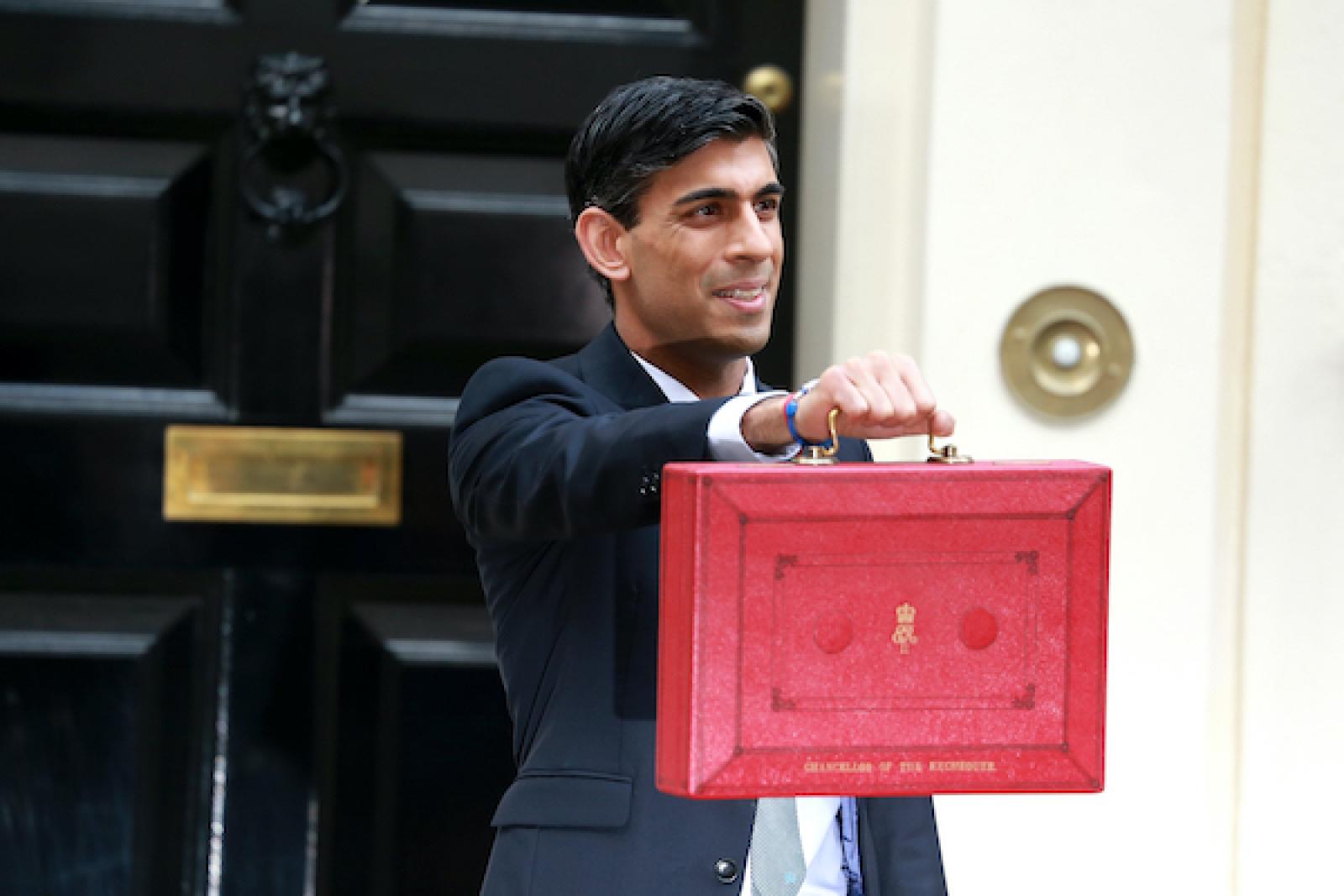Budget 2021: Five key takeaways for urban transport

1. The one year 2020 Spending Review, and the multi-year 2021 Spending Review, are more significant for urban transport than the Budget was likely to be – and indeed, proved to be. Also, between now and the 2021 Spending Review, we will have the bus strategy, and, if the road map to COVID-19 recovery works out, the Government will need to take some decisions on how it will fill the patronage/funding gap that COVID-19 will still leave behind. So plenty still to play for.
However, although public spending wasn’t the main focus of the Budget, it did put more flesh on the bones of the new funding streams that were announced in the 2020 Spending Review – perhaps most notably on the Levelling Up Fund. It also showed that the political dimension to funding choices, that are always implicit, are becoming more explicit through more ranking of areas to be prioritised and the greater involvement of local MPs.
2. Glass half empty? The Resolution Foundation analysis is that the Budget has further sharpened the axe which hangs over non-protected Government departments. They say: ‘Further planned cuts to public services spending will see budgets for unprotected departments (such as transport and local government) fall by £2.6bn next year (2022-23). And that by 2024-25, day to day public service spending per capita in unprotected departments will still be almost one-quarter lower than in 2009-10, with less than a fifth of the reduction in spending between 2009-10 and 2018-19 having been unwound. These spending cuts assume no further spending pressures elsewhere, which is highly unlikely given what’s in store for the NHS, schools and social care over the coming years.’
This is a particular concern in relation to the revenue support that public transport needs to recover, never mind, build its often low share of the trips that people make. It also has implications for the already denuded capacity of local transport authorities to retain and develop the skills and capacity they need to deliver capital investment and meet the increasingly complex environmental and social challenges that cities face.
3. Glass half full? Most of the extra £5bn promised for bus and active travel that the Prime Minister pledged in February 2020, is still to come. If you add in the existing Transforming Cities Fund and the new funds on their way, then potentially there could be significant capital funding on its way to spend on the right things on urban transport (public transport and active travel). Plus, few could argue that post industrial towns are not overdue an investment boost.
4. Meanwhile there’s a danger of a swing back to greater centralisation of decision-making with the risk that the Intra-city Transport Fund in particular becomes a tool by which HMT can manage the priorities of city regions which should be left to determine their own futures. More widely, the Budget reinforced the trend of recent years away from block funding towards places having to please and convince terribly clever people in London about the merits of their bids into multiple competitive funding pots.
5. One day a Chancellor is going to have to grasp the nettle of significant road vehicle taxation reform – not least because of the rise of electric vehicles. But yesterday wasn’t that day. The fuel duty escalator remains frozen. This further undermines both public transport’s competitive position and the slow progress being made to reduce transport’s drag on wider Government carbon reduction targets. But it could be that as the pandemic recedes, that 2021 is the year when more kites are flown around how a new and more progressive fiscal and charging regime for road vehicles could also fill the revenue gap that the electrification of vehicle fleets will cause in the current system.
Jonathan Bray is Director at Urban Transport Group

